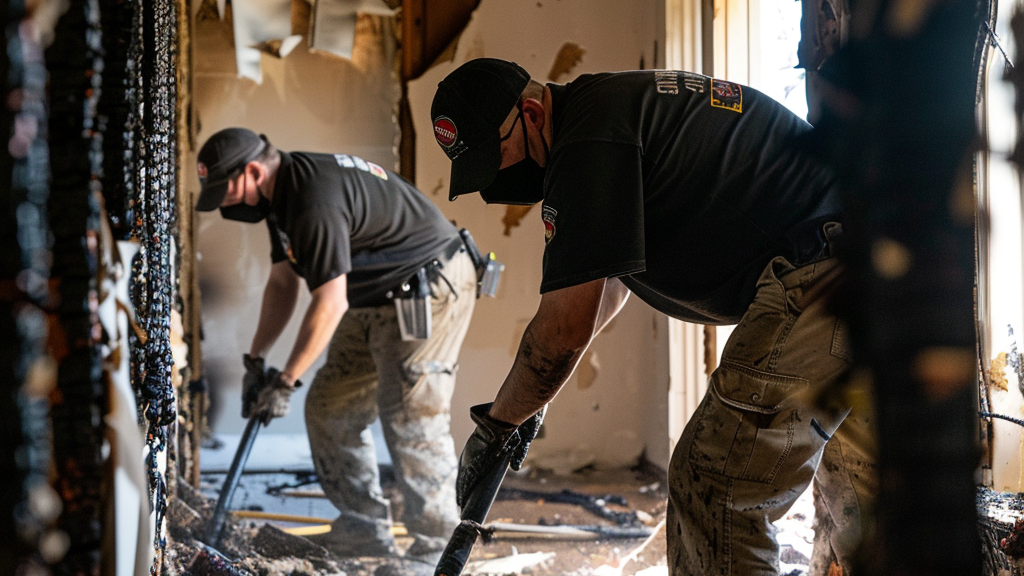Facing a biohazard contamination can be overwhelming, but understanding the process of biohazard cleanup can help alleviate some of the stress. What happens during biohazard cleanup? To help you understand the process more, let’s break down the essential steps involved in biohazard cleanup.
Assessment and Planning:
The first step in biohazard cleanup is a thorough assessment of the affected area. Trained professionals evaluate the extent of contamination, identify safety hazards, and develop a comprehensive cleanup plan. This initial phase is crucial for determining the appropriate course of action and ensuring the safety of everyone involved.
Containment and Isolation:
Once the assessment is complete, the next step is to establish containment measures to prevent the spread of contamination. This often involves sealing off the affected area with barriers and implementing strict protocols to minimize exposure to biohazard materials. By isolating the contaminated area, cleanup crews can work safely and effectively while protecting unaffected areas of the property.
Cleanup and Decontamination:
With containment measures in place, cleanup crews begin the process of removing biohazard materials and thoroughly cleaning and disinfecting surfaces. Specialized equipment and cleaning agents are used to eliminate harmful pathogens and restore the area to a safe condition. This phase may involve the removal of contaminated materials, such as furniture, carpeting, or drywall, followed by meticulous cleaning and sanitization of surfaces.
Disposal of Biohazard Waste:
Proper disposal of biohazard waste is a critical aspect of the cleanup process. Biohazard materials, including blood, bodily fluids, and other potentially infectious substances, must be handled and disposed of according to strict regulations and guidelines. Cleanup crews carefully package and transport biohazard waste to licensed facilities for safe disposal, ensuring compliance with environmental regulations and minimizing the risk of contamination.
Verification and Testing:
Once cleanup is complete, verification testing is conducted to ensure that the area meets safety standards and is free of biohazard materials. This may involve surface testing, air quality monitoring, and other assessments to confirm that the area is safe for occupancy. Verification testing provides peace of mind that the cleanup efforts have been successful and that the property is now safe and habitable.
Restoration and Reconstruction:
In some cases, biohazard cleanup may require additional restoration work to repair or replace damaged materials and restore the property to its pre-contamination condition. This may include repairs to structural damage, replacement of flooring or drywall, and other necessary renovations. By partnering with experienced restoration professionals, property owners can ensure that their space is fully restored and ready for use once again.
Biohazard cleanup is a complex and meticulous process that requires careful planning, specialized equipment, and expertise. By understanding the steps involved in biohazard cleanup, property owners can better navigate the challenges associated with contamination events and ensure a safe and thorough cleanup process. If you’re facing a biohazard contamination, don’t hesitate to reach out to experienced professionals who can provide prompt and effective cleanup services.
